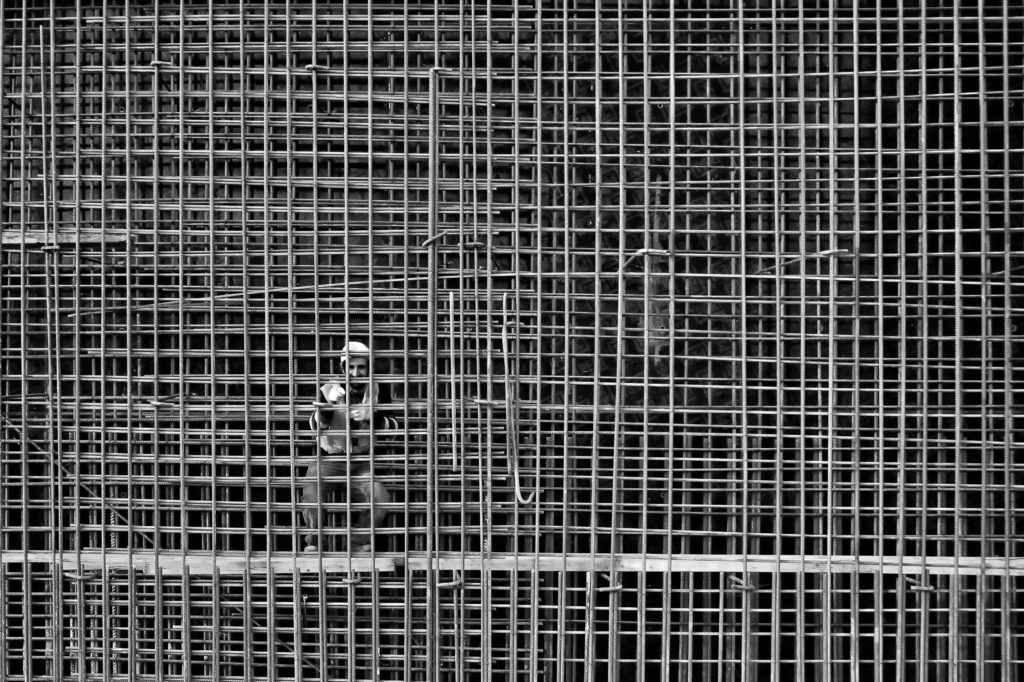
Good infrastructure reflects a society or enterprise’s system. Its reliability further develops human and technological resources. Thus, every hard infrastructure project must be of good quality. And a step to ensure this is to use suitable materials like steel and cast iron.
Be well-informed materials to use for infrastructure
Using suitable materials can ensure the structure is built efficiently. It helps to meet a project’s needs while still being cost-effective. Moreover, choosing appropriate materials can protect against potential hazards or risks such as corrosion, water damage, structural integrity issues, and more.
Remember also that the demand for hard infrastructure is high since it’s often for long-term and public use. Some of the common examples of hard infrastructure include:
- Roads and highways: In the US, it accounts for nearly half of all public infrastructure investments. These projects involve building new roads or rehabilitating existing ones to improve access and safety.
- Water systems: This category includes projects such as water pipes, pumps, reservoirs, and wastewater treatment facilities.
- Sewers and storm drain: These essential projects provide communities with a safe, reliable way to dispose of wastewater and drain excess water during storms.
- Bridges: A bridge is a vital structure that connects land separated by water or other obstacles such as valleys or ravines.
- Public transit: Buses, trains, and other public transportation are necessary for providing transportation options.
- Airports: These projects involve constructing and maintaining runways, terminals, radar towers, and other structures necessary for airports to operate.

With these infrastructure projects—including schools, parks and recreation, electric, and telecommunication networks—communities can expect access to essential services and better quality of life overall. Investing in these projects—starting from choosing suitable materials—is an investment in future growth and prosperity.
Steel materials and cast iron in infrastructure
Steel and cast iron are two valuable materials for numerous infrastructure projects for several reasons. For one thing, both are durable materials that can last for years with minimal maintenance. Steel is for structural components, while cast iron is for specific applications that require more impact or corrosion resistance.
Let’s dig into what else steel materials and cast iron can do.
Steel is an alloy of iron that has carbon and other elements to improve its strength and durability. It has a higher strength-to-weight ratio and is relatively cost-effective. Besides, it can be fabricated into various shapes and sizes and readily welded together to form a rigid structure. And steel’s flexibility allows it to adapt to changing environments and needs.
Steel is also a sustainable and recyclable material to create new products or materials. This property makes steel an environmentally friendly choice when constructing infrastructure projects. With its qualities, steel is the material for a range of construction projects.
Cast iron is a form of pig iron. It is a product of smelting iron ore and other additives in a furnace and cooling it quickly. Its homogenous mixture can be shaped into pipes or other components. And its hardness makes it doable for constructing railway tracks and other items.
Cast iron also has an oxide layer that protects it from corrosion and further damage. And coating it with enamel or paint improves its protective quality. Moreover, cast iron is lightweight yet strong, so it’s easy to transport and handle during installation. Lastly, it has a long lifespan compared to other materials.
Both steel and cast iron also have disadvantages. So it’s good to be well aware of those things as well. Nevertheless, steel and cast iron provide excellent durability and longevity for infrastructure projects.
